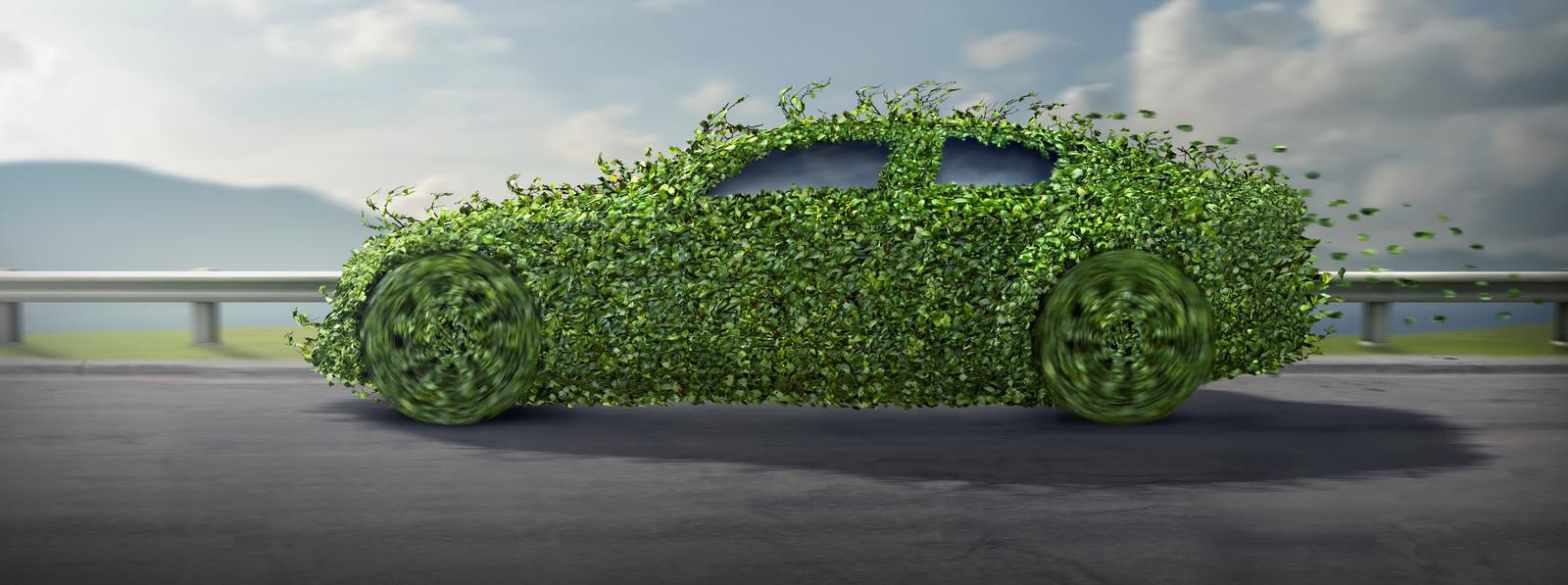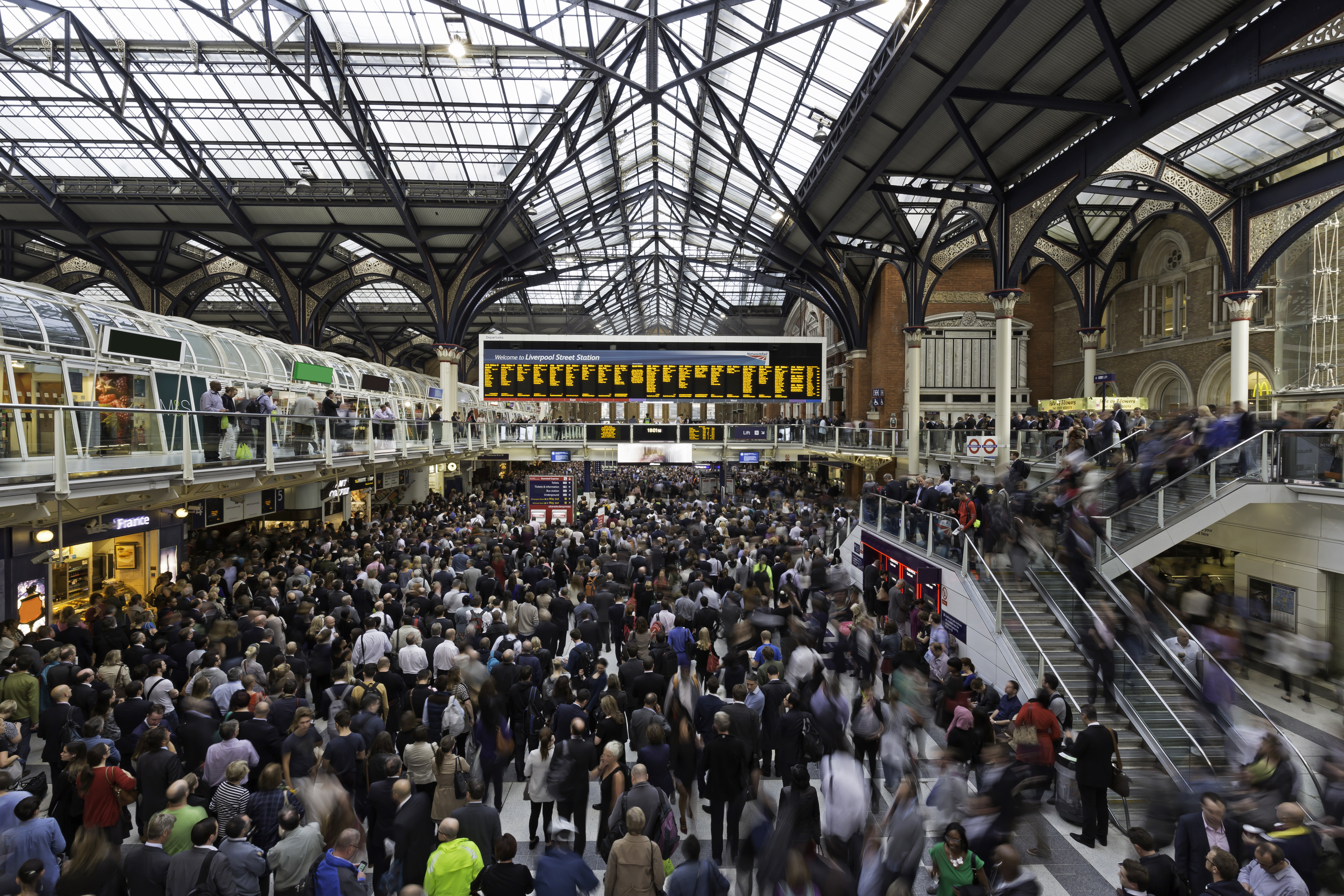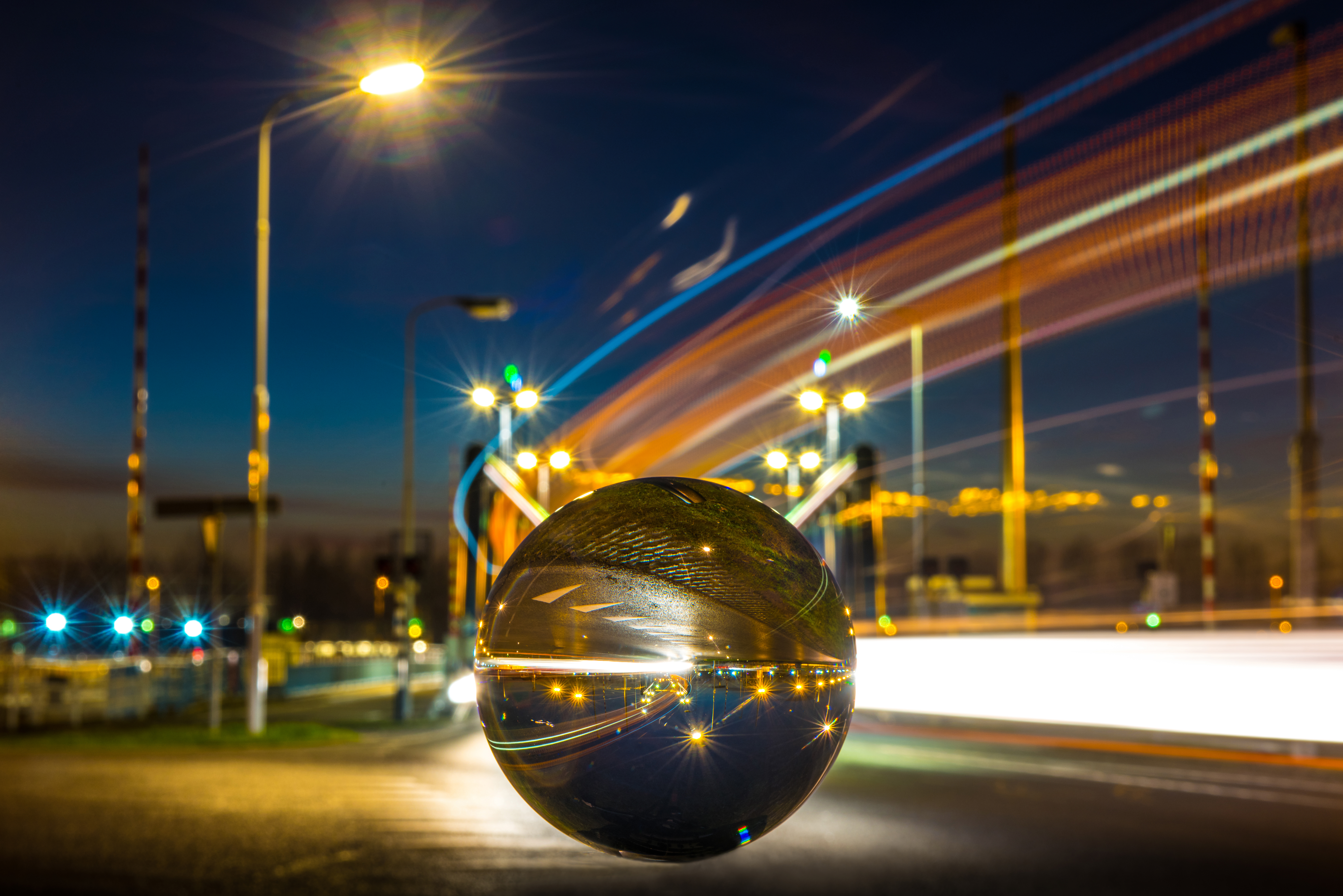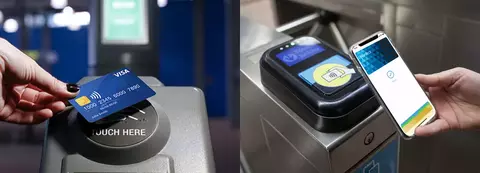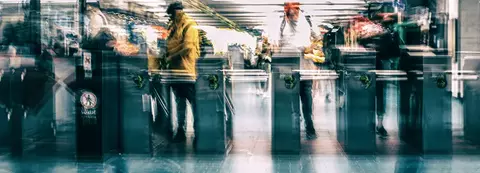We have officially roared into the twenties - a decade that has marked a renaissance in the transportation industry for the last two centuries.
In the 1720s and for millennia before, the main mode of human and goods conveyance was a slow sustainable trot - by foot and horse. A mere hundred years later, transportation as humans knew it, underwent a breathtaking metamorphosis. After centuries of bipedal and horse-powered movements, the humans of the 1820s experienced, at last, not only the first version of the humble bicycle but also the mighty steam locomotive, which enabled commercial hauling of goods and passengers over previously unimaginable distances.
Fast forward another century to the 1920s.
We enter a period of rapid economic growth triggered by the end of WW1. The gasoline engine has been invented and wins out the technology race over steam-powered vehicles. America, now in earnest, enters an era of coal-powered electrification. Henry Ford’s gamble on the electric assembly-line famously succeeds and by 1925 reduces the cost of the Ford Model T, the beloved Tin Lizzie, to a family affordable $260. And so, the automobile, with all its opportunities and woes, is brought to the masses.
The1920s signify a junction in the infrastructure of transportation and trigger a myriad of urban, socio-economic and climate challenges we must unravel today.
Enter 2020.
As we usher in 2020 through heavy traffic and overcrowded transit systems, global warming is creating rising pressure on urban transport to increase throughput while simultaneously reduce energy use to curb CO2 output. To prevent climate tipping points and reach a fossil-fuel-free economy by 2050, our world requires a 50% CO2 reduction over the next decade. Unfortunately, our modern urban communities are inadequately prepared for a post-fossil-fuel existence and are especially vulnerable.
While renewable energy sources such as solar, hydropower, and wind continue to ramp up, according to the Center for Climate and Energy Solutions, in 2018 renewables made up only 17% of the total US electricity generation, and 24% globally.
Not all energy sources are equal.
Burning fossil fuel energy sources, such as petroleum, coal, and gas, produces large quantities of carbon dioxide, trapping heat in the atmosphere, driving our existing global warming challenges.
Taking a closer look at the energy footprint of transportation, approximately 28% of the total energy used in the United States alone, is by the transportation sector, with 96% of this energy derived from petroleum, 2.6% from natural gas and less than 1% from electricity or other fuels. While we are making steady progress away from petroleum and gas-powered transportation, this decline is offset by a 1.4% annual growth in the global demand. (Source: U.S. Energy Information Agency)
Shifting the trend towards renewable energy consumption and optimizations of trips to reduce energy use, are crucial steps towards sustainable transportation.
Looking to modal remedies.
Subsequently, many discussions around transportation emissions and energy efficiency, strongly focus on contrasting transit, by rail or bus, over individual car use. Modal remedies as with anything worth solving, are slow coming and not simple, nor can these be uniformly applied across different regions. Cities such as car-dependent Los Angeles in contrast to London with its expansive Underground yet congested city center, have widely varying infrastructures, transportation needs and opportunities for sustainable optimizations.
As Albert Einstein once said, “If I had an hour to solve a problem and my life depended on it, I would spend the first 55 minutes determining the proper question to ask.”
A 2020 climate version of this scenario will keep addressing the wrong problems and instead buy a one-way ticket to a climate crisis.
So what is the right question to ask?
Energy reductions and efficiencies through journey optimizations are clearly key to sustainable transit. But perhaps even a more crucial point is buried in a more holistic view of energy use in transportation. In the case of conveyance, most calculations take into account only the energy and resulting emissions consumed during the journey, and rarely consider the indirect energies over the cradle-to-grave design, operation and decommissioning of the system. Significant impacts, such as energy used by the supply chain and the energy needed to maintain roads and tracks are largely excluded from these assessments. And for good reason, these types of calculations are complex, yet critical to fully optimize transportation and urban planning.
According to research conducted at the University of Sydney, the indirect transportation energy use is as high as 65% of the total energy use. Meaning that the operational energy that we predominantly focus on considers a mere 35% of the total energy consumed, and we leave a whopping 65% of the energy unaccounted for on the table. If we view transportation as an energy pyramid, the journey itself consists of the tip of the pyramid with numerous layers below, making up the energy contributions from the cradle to grave processes, as well as the inputs and outputs of the supply chain.
Taking a more holistic view of transportation energy, provides clearer visibility of the hidden energy layers, highlighting opportunities for energy optimizations, risk, and competitive advantage.
With the human population approaching 8 billion people, and our planet straining under numerous human imposed loads, there is no silver-bullet solution to cure our challenges.
Alter the course.
The 2020s are a crucial opportunity for us, if not to rewrite history, then to alter its predetermined course. It will take diverse efforts, creativity and strong leadership from each one of us. For us, the exciting piece of this puzzle is transit and mobility. To redefine those constraints set in motion over two centuries ago and recreate a world of transportation powered by renewable energies and sustainable designs - shaped by necessity but crafted with wisdom for ourselves and the future generation of the 2120s.
If you could dust off your crystal ball and see the sustainable transportation you want to create for your great, great, great grandkids – what would it look like?
Katie Busch-Sorensen is a senior solutions architect for Cubic Transportations Systems. She is an industry veteran of 20 years, starting out in the transit industry after graduating as an electronics engineer in Perth, Australia. After a brief two-year hiatus working for a gaming start-up in London, Katie joined Cubic in San Diego where she now works on customer-focused, technical solutions for transit agencies in North America. Her passion is to take advantage of evolving technologies to create sustainable, multi-modal transportation, and enable the growth of flourishing and equitable communities. Her second passion is to support the development of young engineers. She sits on the Executive Advisory Board for the University of San Diego (USD) Shiley-Marcos School of Engineering, where she is a founding member and industry staff for the Industry Scholars program focused at bridging the gap between academia and industry. If you’re an early riser, you can catch her running barefoot in Ocean Beach, training for her ninth marathon.
